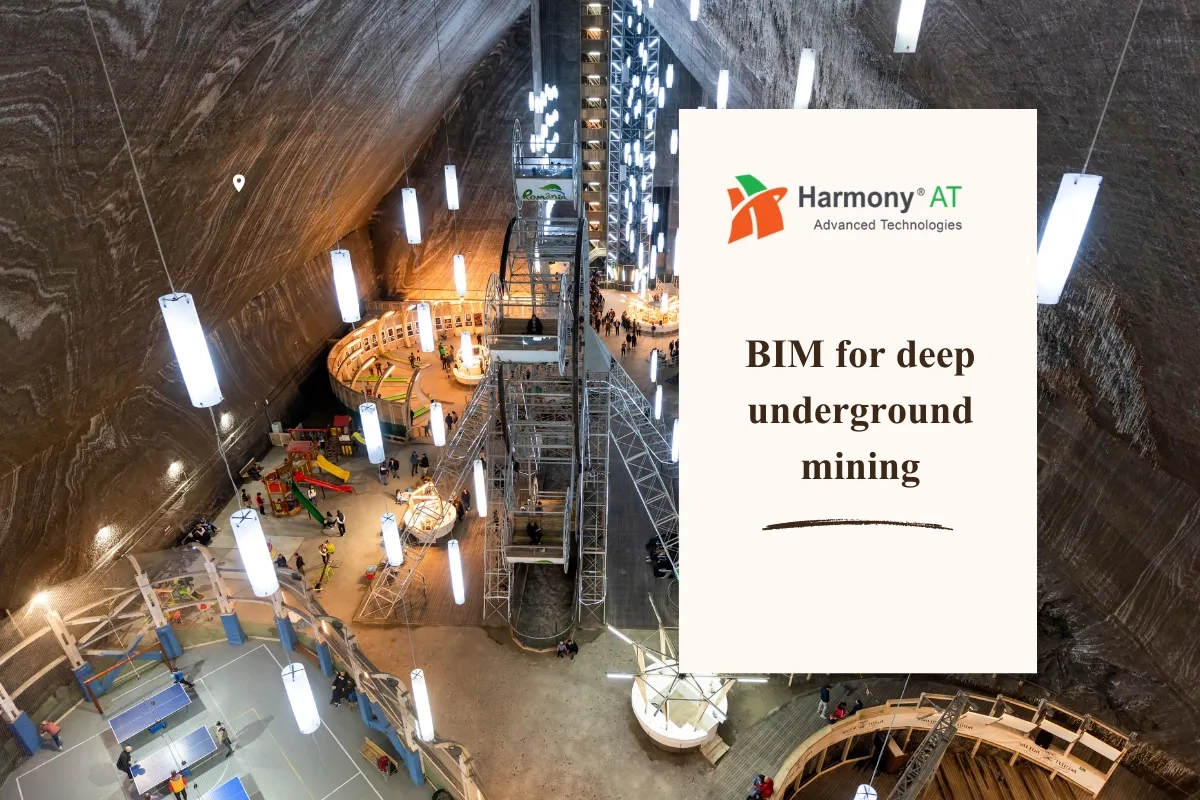In construction and engineering, it's really important to keep projects running smoothly and avoid problems. There are two important methods for this: Clash Detection vs Clash Avoidance. But they're not the same, and it's essential to understand how they're different.
In this guide, we'll break down Clash Detection vs Clash Avoidance, explaining what makes each one special and how they help make complex projects go well. This will help you make better decisions for your construction and engineering projects.
What is Clash Detection vs Clash Avoidance?
Clash Detection: Finding Problems After They Happen
Imagine you're building a jigsaw puzzle, and you only notice that two pieces don't fit together after you've already put them in the wrong place. That's a bit like clash detection. It's about spotting issues after they've happened.
In construction, clash detection uses special software to examine all the plans and designs. It checks if any parts of the project overlap or clash with each other. This is like a digital puzzle master who can see if pieces don't fit.
Once clashes are found, they need to be fixed. This can be a bit like taking apart the puzzle and trying different pieces until they fit. It can be time-consuming and might lead to delays and extra costs. But at least you're catching problems before they become disasters.

Clash Avoidance: Preventing Problems Before They Occur
Now, imagine you're building that same puzzle, but this time you carefully look at each piece before placing it to make sure it fits perfectly. That's similar to clash avoidance. It's about preventing problems before they happen.
In construction, clash avoidance is like having experts review the plans and designs thoroughly before any construction starts. They look for potential clashes or issues and make changes to avoid them. It's like solving the puzzle on paper before putting the pieces together in real life.
By avoiding clashes upfront, you save time, money, and headaches. It's like making sure all the pieces of your puzzle are in the right place from the start, so you don't have to take it apart later.
Differences between Clash Detection vs Clash Avoidance
In summary, clash detection involves finding and addressing issues after they've occurred, often during or after construction. Clash avoidance, on the other hand, focuses on preventing clashes through proactive planning and coordination during the project's early stages. Clash avoidance is typically more cost-effective and can help maintain project schedules, while clash detection deals with issues reactively, which can lead to delays and increased costs.
Navigating Clash Resolution: Balancing Clash Detection vs Clash Avoidance
Clash resolution typically refers to the overall process of addressing clashes or conflicts in a construction or engineering project. It encompasses both clash detection and clash avoidance, as well as the steps taken to resolve issues when they occur. Here's a simplified explanation of clash resolution:
Clash Resolution: Solving Construction Puzzles
Imagine a big construction project as a complex puzzle. Clash resolution is like making sure all the puzzle pieces fit together perfectly. It involves finding clashes or conflicts, whether they're discovered during planning or while the work is in progress, and then taking steps to fix them.

Steps in Clash Resolution:
Clash Detection: This is about using technology to check if different parts of the project overlap or conflict with each other. It's like having a digital eye to spot issues. When clashes are detected, they are documented.
Clash Avoidance: Before starting construction, experts review the plans and designs to identify potential clashes. This proactive approach helps prevent problems before they occur. It's like double-checking your puzzle pieces before putting them together.
Issue Resolution: When clashes are found, they need to be resolved. This often involves making adjustments to the plans, designs, or construction methods to ensure everything fits together smoothly. It's like rearranging or modifying puzzle pieces until they fit.
Continuous Monitoring: Throughout the construction process, clashes may still emerge. Continuous monitoring and communication are crucial to catching and fixing these issues promptly. It's like keeping an eye on your puzzle as you build it to make sure everything aligns correctly.
Clash resolution is the comprehensive approach to ensuring a successful construction project. It combines the detective work of clash detection, the proactive measures of clash avoidance, and the ongoing effort to resolve issues as they arise. Just like a puzzle, it's about achieving a seamless fit to create a safe and functional final result.

Introduction about Clash Detection Services of Harmony Advanced Technologies
With over two decades of expertise in the BIM/CAD construction software design industry, especially in BIM Coordination, Harmony Advanced Technologies is your trusted partner for seamless project coordination. We understand that clash detection and interference checking are pivotal steps in construction, and we're here to make it easier for you.
Clash Detection Services: Your Path to Smoother Projects
Clash detection, a critical aspect of construction, can be challenging. But with our BIM coordination services, we've got you covered. We help you identify hard, soft, or workflow clashes – ensuring your project stays on track and within budget.
What Sets Us Apart?
Our dedication doesn't stop at detection. After running comprehensive clash tests, we provide detailed coordination summary reports. These reports outline every clash encountered, pinpoint their exact locations, and suggest potential resolutions.
Your Next Step: Contact Us Today
Ready to enhance your project's coordination and efficiency? Let's work together to eliminate clashes and keep your construction on the right path. Take action now and contact us here, and let's start building success together.
Categories





